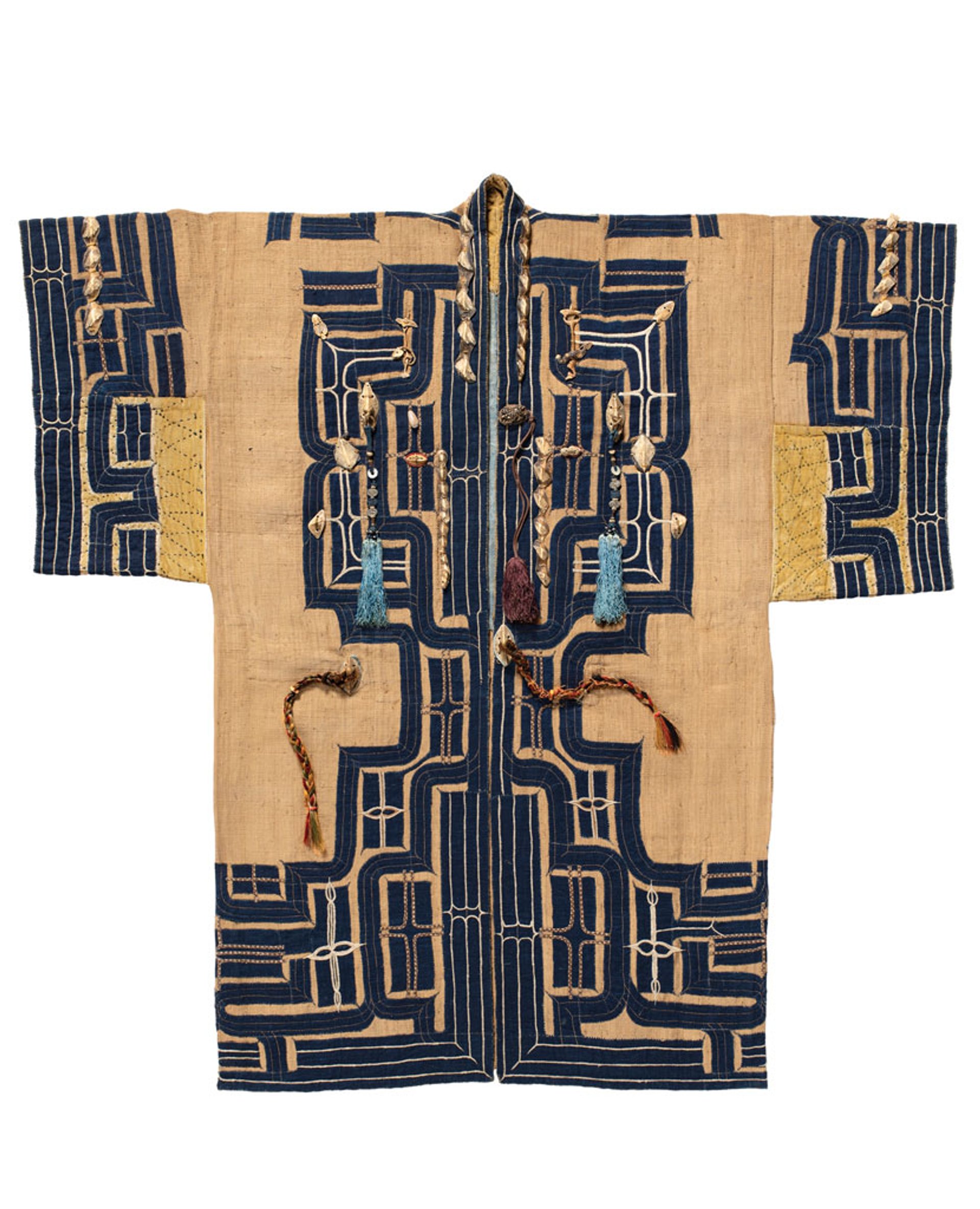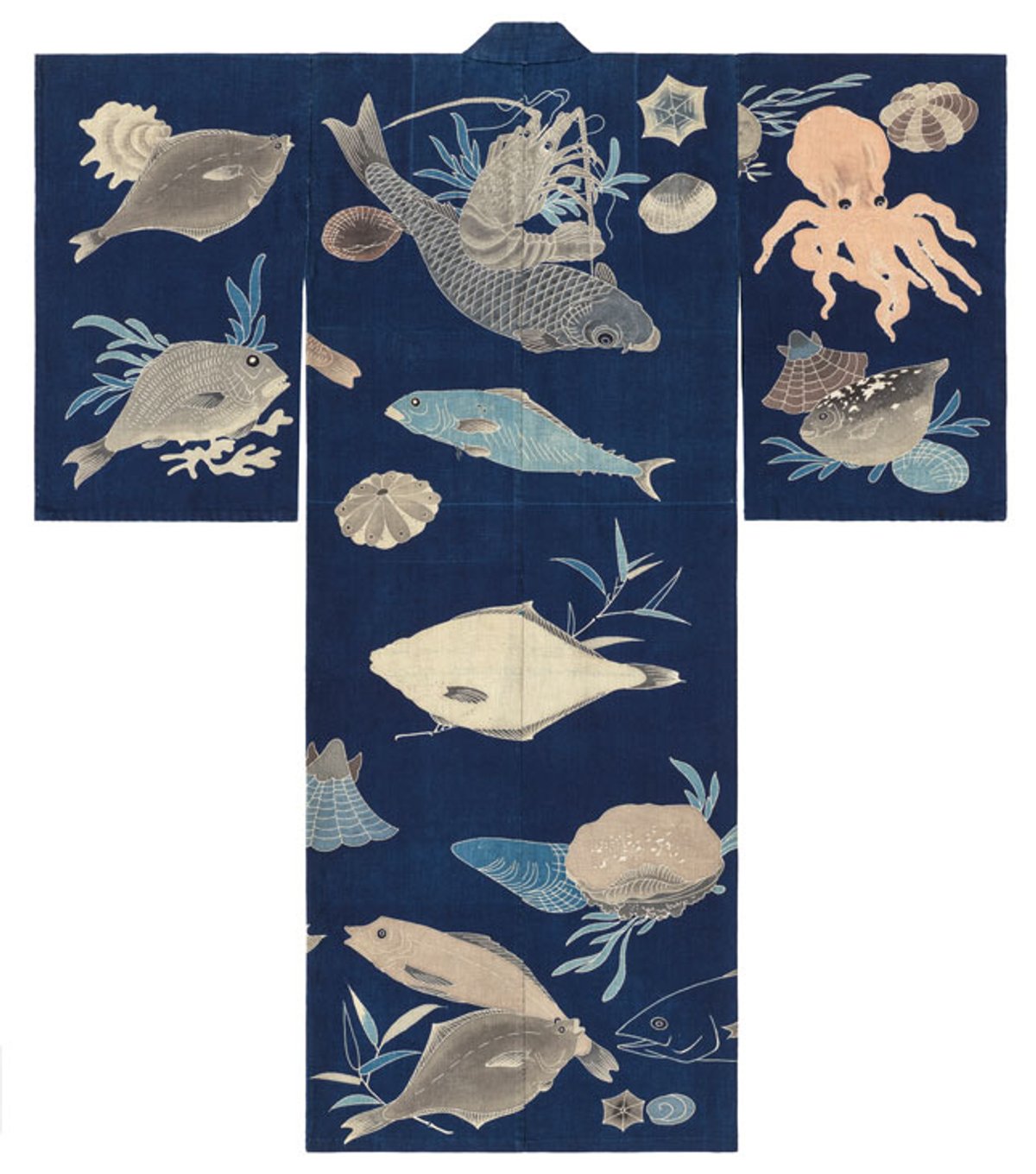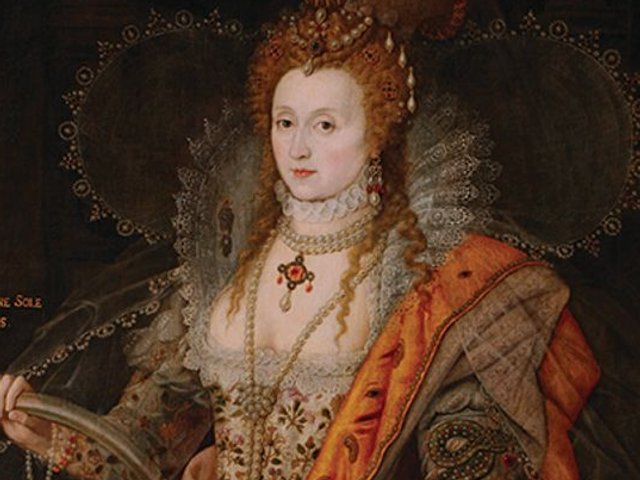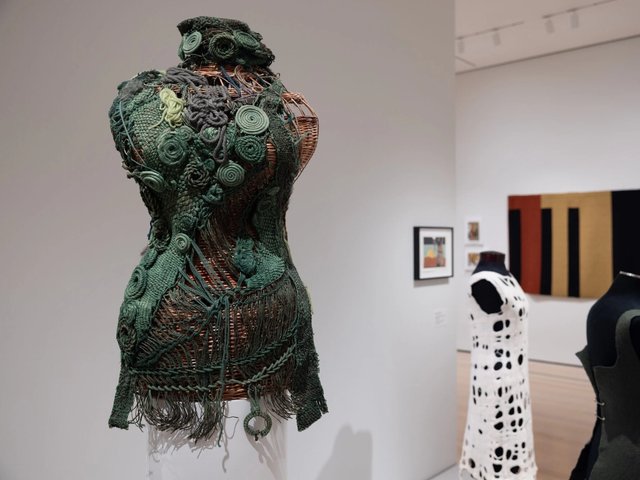Most exhibitions of Japanese textiles showcase sumptuous kimonos, indigo-dyed fabrics or patterned prints made with traditional materials. A show at the Minneapolis Institute of Art will offer an alternate wardrobe this month, showing more than 120 Japanese textiles that are not only decorated with organic patterns, but also made from the stuff of nature. Dating from between 1750 and 1930, with a focus on folk art (mingei), the garments in Dressed by Nature: Textiles of Japan are made from materials such as fish skin, banana leaf, nettle, deerskin and hemp, in addition to the more common cotton, silk and wool.
“Exhibitions on the dress of Japan always focus on the silk kimono and clothes worn by the aristocracy,” says the curator Andreas Marks. “Dressed by Nature instead celebrates the inventiveness and beauty of folk traditions and clothes worn in everyday life.” The textiles will be contextualised by historic photographs, paintings, woodblock prints and video clips that explore the use and fabrication of the materials. The museum acquired most of the show’s textiles in 2019 from the collector and art dealer Thomas Murray, and additional pieces were subsequently added to the institution's collection after an earlier show was postponed due to the pandemic.

An 18th century Japanese attush robe made from various materials including fish bones, elm bark fiber, wool, sturgeon scales, shells, bird bones and silk Mary Griggs Burke Endowment Fund; purchase from the Thomas Murray Collection 2022
One of the highlights is a 19th-century woman’s fish-skin festival coat (hukht) made by the Nivkh people of Sakhalin Island. The skins of the carp and salmon that the community fished for sustenance were removed in single pieces, dried and then moistened to create a lightweight waterproof and wind-resistant material, which the Nivkh decorated with embroidery and appliqué. Another standout textile is an 18th-century attush robe (made from elm tree bark) decorated with talismanic pendants from the sea, such as fish bones, sturgeon scales, shells and tassels.
• Dressed by Nature: Textiles of Japan, Minneapolis Institute of Art, 25 June-11 September






